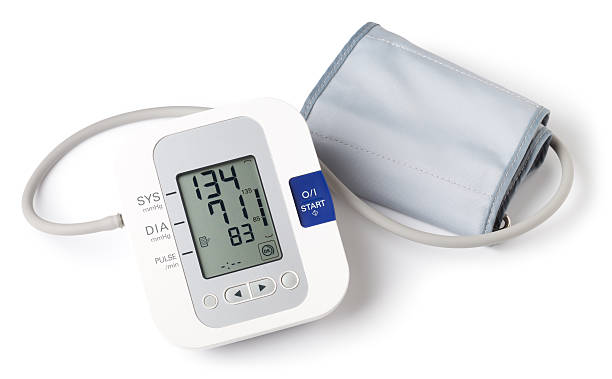The #1 Rated Blood Sugar Formula
Understanding Blood Pressure Measurement

What are the ranges of blood pressure?
Blood pressure is given in mm Hg (pronounced as millimeters of mercury), where systolic is the numerator and diastolic is the denominator.
Average blood pressure
The average blood pressure for an adult is sometimes referred to as 120/80 mm Hg. However, this is only an average and the doctor must consider acceptable ranges for individual patients. For example, an adult's normal blood pressure may range from 95-145/60-90 mm Hg. The healthcare provider takes into account the client's baseline blood pressure and current health status in combination with subjective and objective data. For example, a blood pressure of 90/50 mm Hg may be normal for a healthy, asymptomatic 20-year-old person.
Factors affecting blood pressure include age, gender, ethnicity, weight, exercise, emotions/stress, pregnancy, diurnal rhythm, as well as medications taken and disease processes.
In general, blood pressure increases with age, so normal fluctuations are higher in older people.
During childhood, blood pressure is similar in men and women. After puberty, blood pressure in women is lower than in men, while after menopause, blood pressure in women is higher than in men.
Studies have shown that ethnicity can be a predictor of blood pressure, but the relationship is not necessarily biological, but rather sociocultural. When determining the risk of high blood pressure, it is important to consider ethnicity as a contributing factor.
The diurnal cycle influences blood pressure to be lower in the morning and increase throughout the day until early evening. Try this: measure your blood pressure when you wake up in the morning and then again in the late afternoon and notice the difference. This is one of the reasons why health care professionals document the timing of a client's blood pressure measurement.
Blood pressure can be higher in obese people because the heart has to work harder to ensure perfusion of body tissues.
The sympathetic nervous system is stimulated by exercise, stress, anxiety, pain, anger and fear, causing blood pressure to rise. Blood pressure returns to baseline within five minutes of rest after activity. Try it out. Ask a peer to measure your blood pressure. Then, jog in place for five minutes or perform another heart-related activity. Ask a peer to measure your blood pressure again, then lie down and rest for five minutes. Measure your blood pressure again. Note the changes.
Blood pressure changes throughout pregnancy. It lowers around the middle of the first trimester until mid-pregnancy due to the action of progesterone, which relaxes blood vessel walls, causing a reduction in peripheral vascular resistance. At the end of pregnancy, it returns to pre-pregnancy values.
Does lying flat lower blood pressure?
In healthy patients, the difference between blood pressure when lying down and standing is usually small. However, a significant drop (20 mmHg or more) can occur in the elderly, patients with diabetes and those with symptoms suggestive of postural hypotension (British Hypertension Society, 2006).
How long can you have high blood pressure before it causes damage?
In other words, once blood pressure rises above normal, subtle but damaging changes in the brain can occur fairly quickly - perhaps within a year or two. And these changes can be difficult to reverse, even if the blood pressure is brought back into the normal range through treatment.
What happens if you ignore high blood pressure?
Left unrecognized or uncontrolled, high blood pressure can lead to: Heart attack - High blood pressure damages arteries, which can become blocked and prevent blood flow to the heart muscle. Stroke - High blood pressure can block or rupture blood vessels that supply blood and oxygen to the brain.






